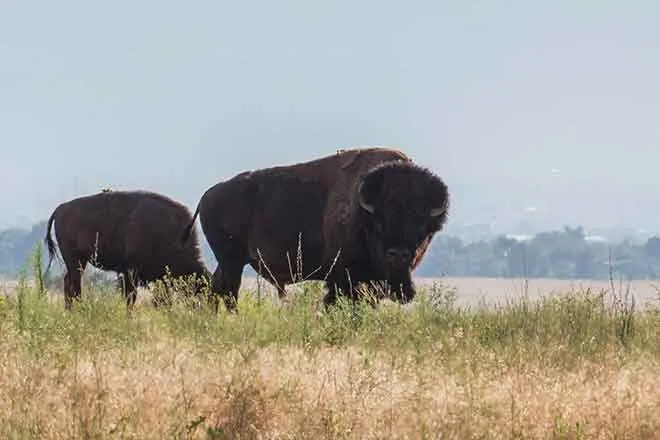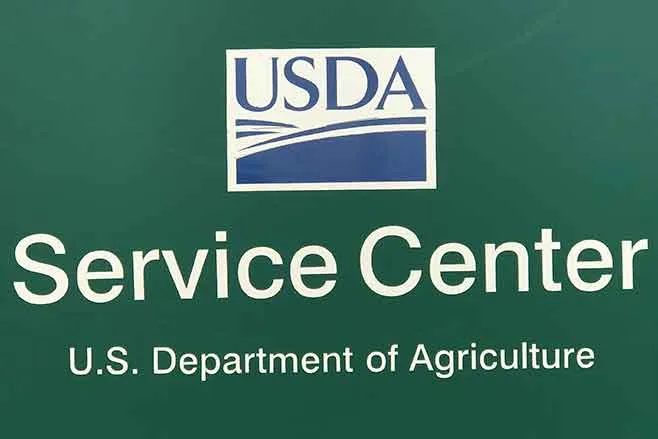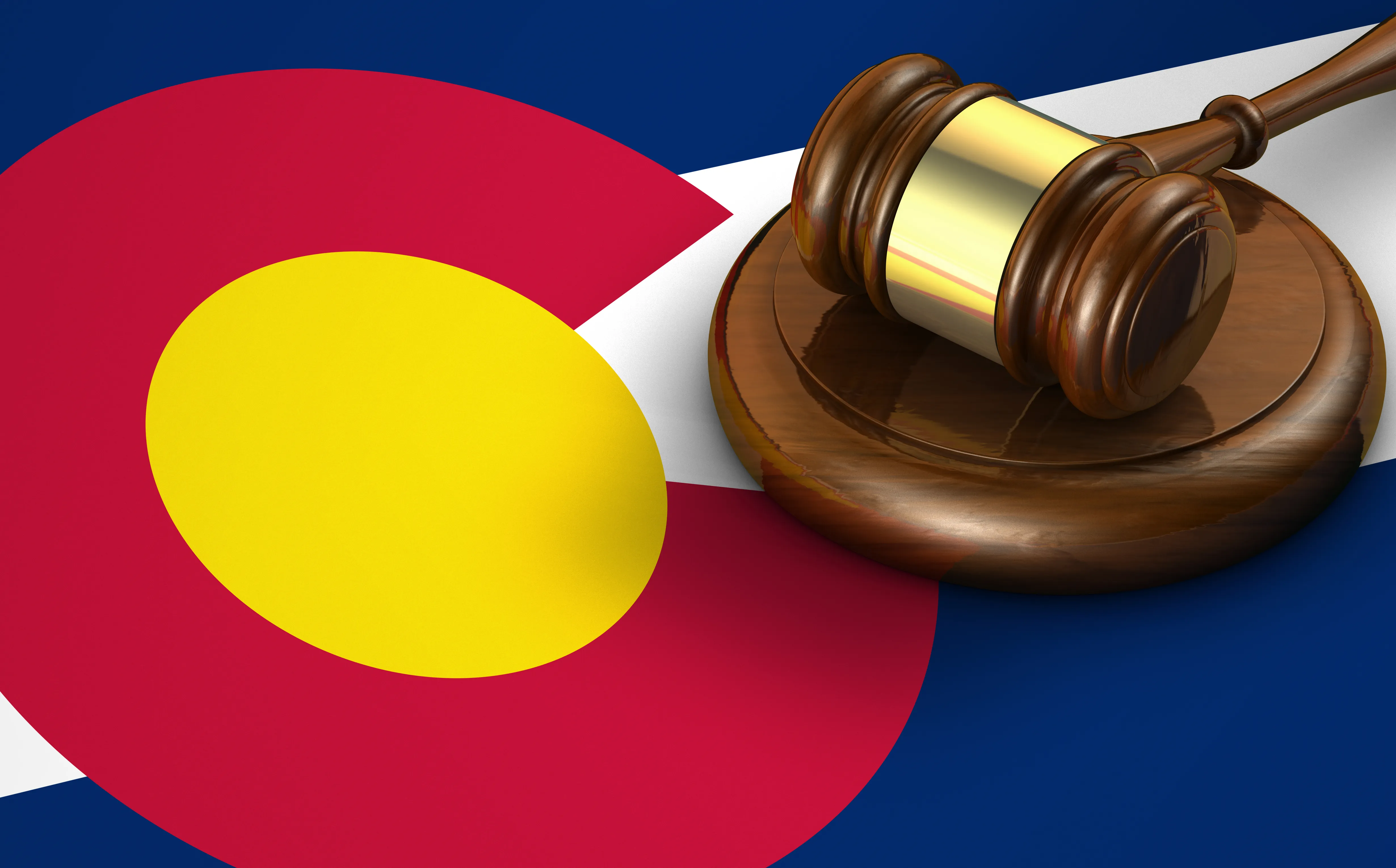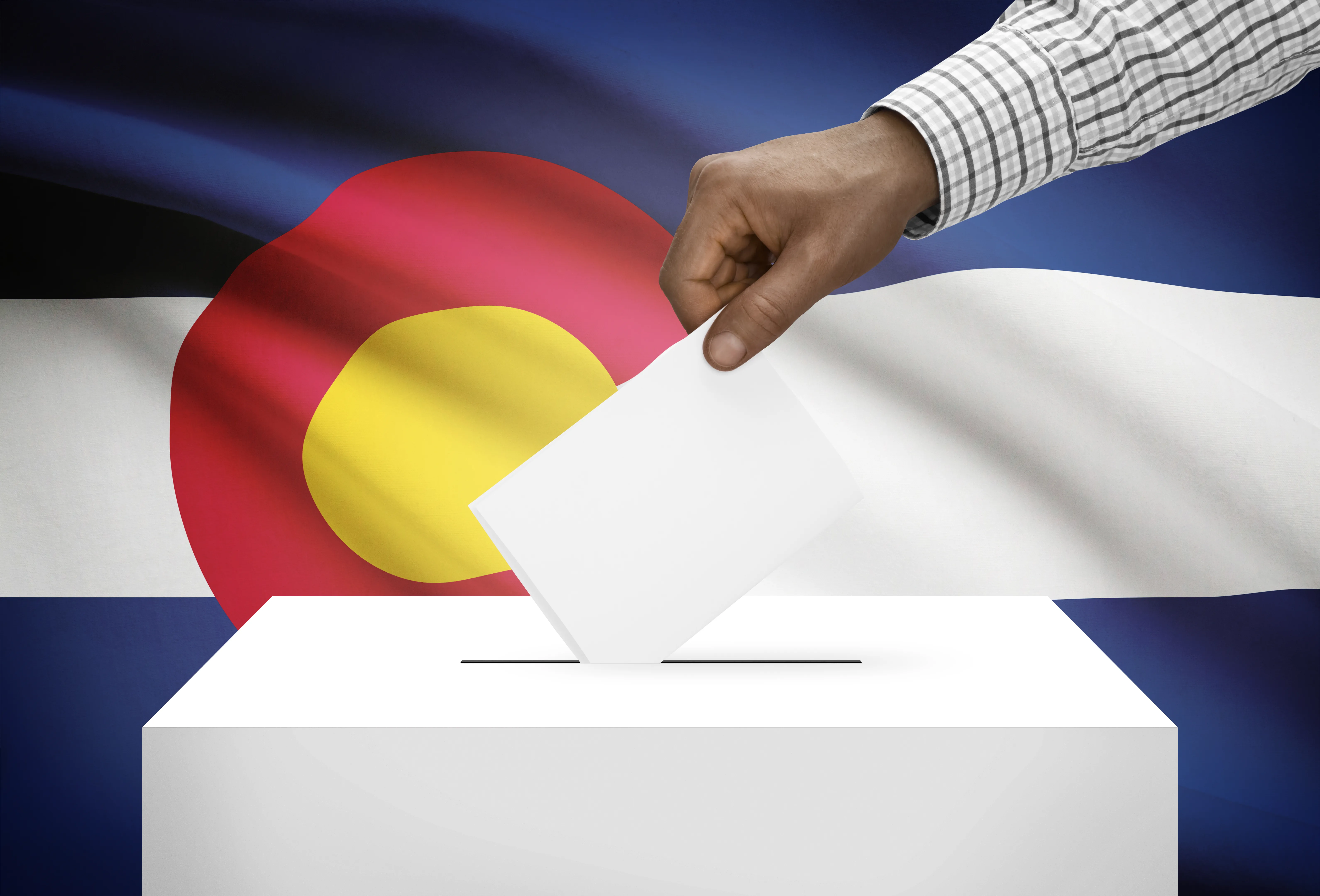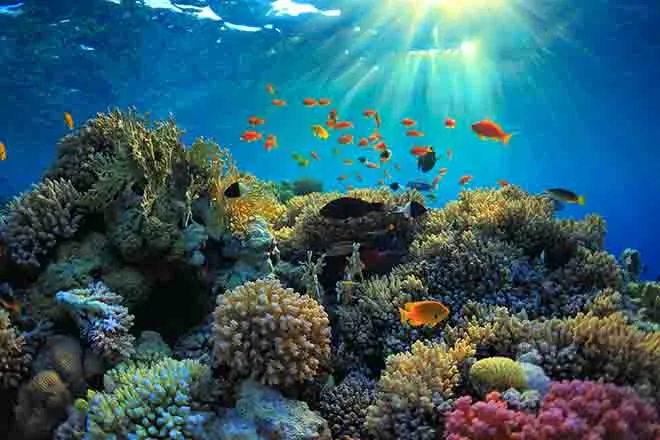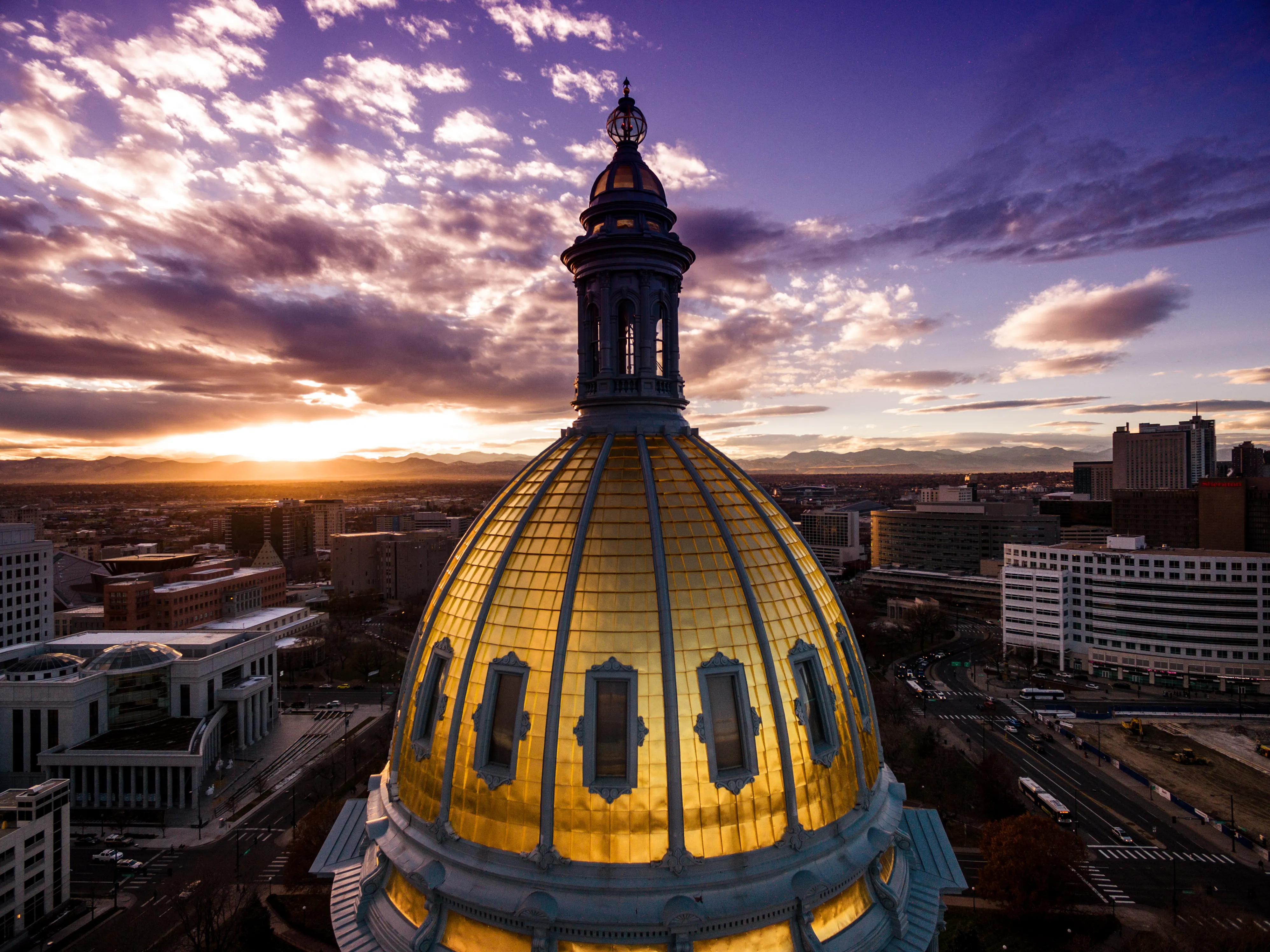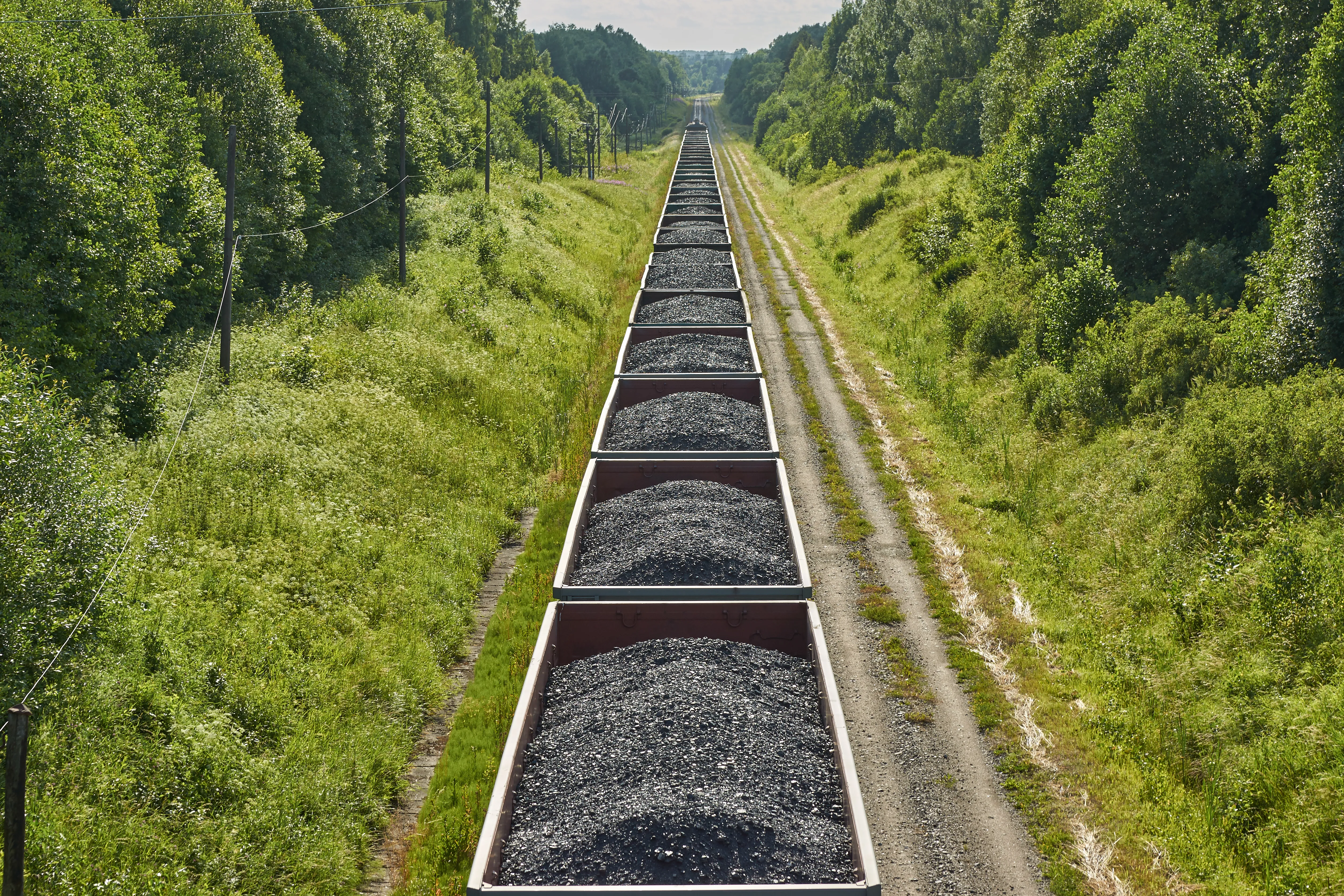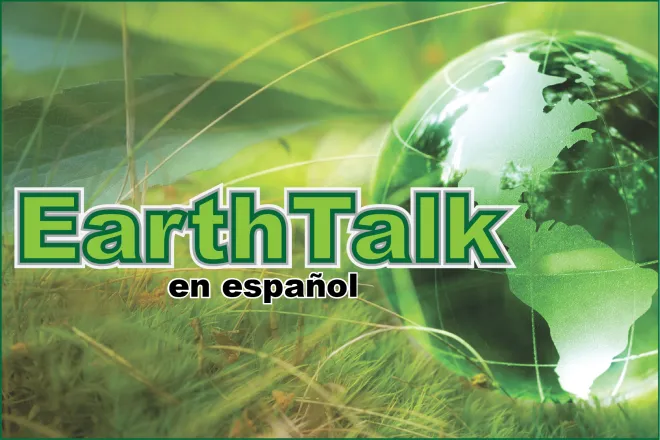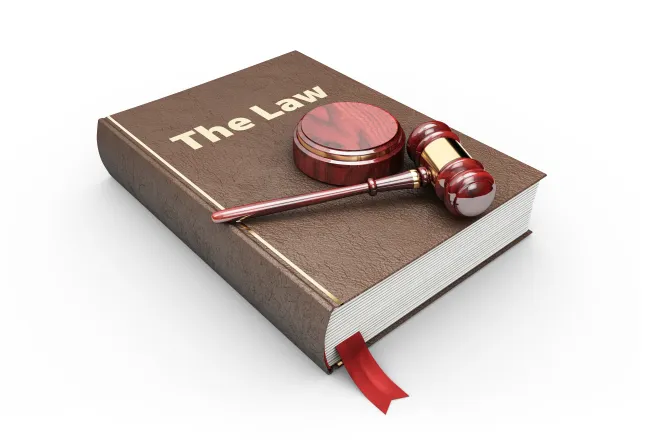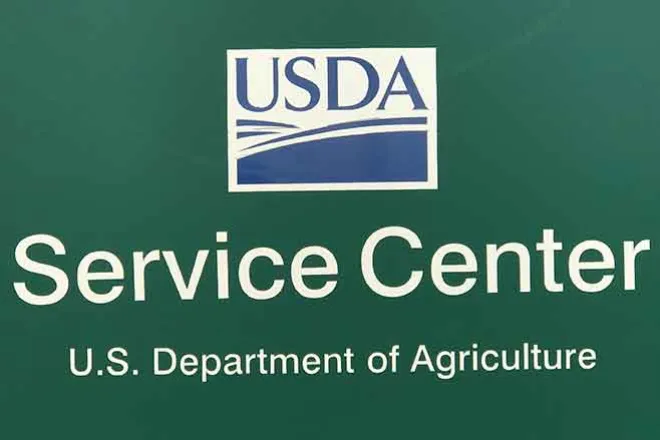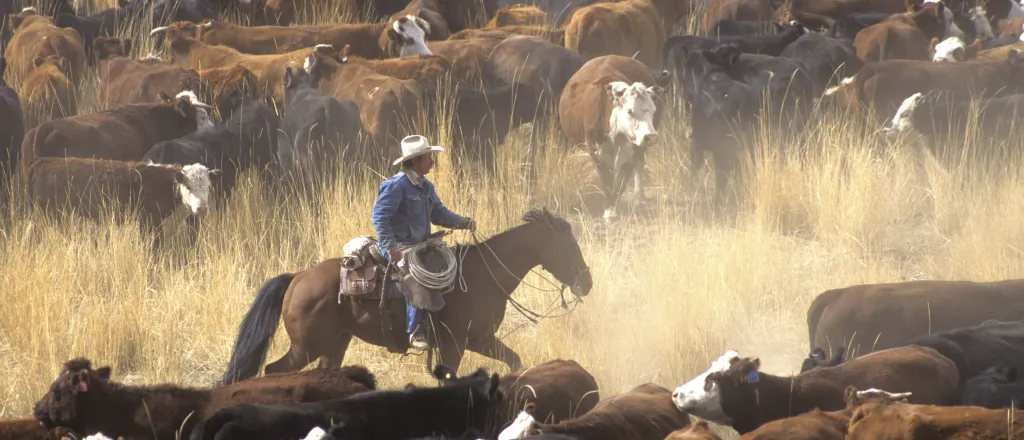
Report: 90 percent of Colorado River irrigation water used to feed cattle
Click play to listen to this article.
(Wyoming News Service) As Wyoming and other states grapple with shrinking Colorado River water levels - new research pinpoints how much water is being diverted to feed cattle, to sprawling desert cities, and the river's 40 million other stakeholders.
The stakes are high in a time of persistent and widespread drought.
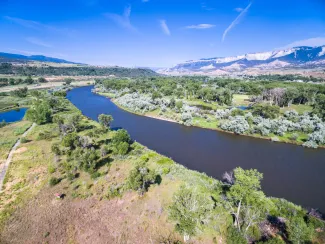
Brian Richter - president of Sustainable Waters - said if Upper Basin states can't deliver the volume of water required under a century-old agreement, Lower Basin states could force the issue with what's known as a compact call.
"The likely result would be that the Upper Basin states, including Wyoming, would be forced to use less water," said Richter, "so that more water could be flowing into Lake Powell and downstream into the Lower Basin."
Researchers found that in Upper Basin states, cattle-feed crops soak up 90 percent of all irrigation water - which is three times the amount that goes to all cities, towns, commercial and industrial uses combined.
Just 19 percent of the Colorado River feeds the wetlands and riparian areas wildlife depend on.
Richter noted that cities in Utah and along Colorado's Front Range are at risk because they have very low priority for accessing water under the 1922 Colorado River Compact.
Despite calls for closing off spigots used exclusively for cattle feed, Richter said blaming any single user is counter-productive.
"Farmers and ranchers are growing the things that people want, and are willing to pay a necessary price for," said Richter. "So they are just responding to consumer demands."
He said he believes the new data could be an important tool for Colorado River stakeholders as they work to build a long term plan to bring the total use of water back in balance with what nature provides.
Richter said right now, water use is at least 10 percent to 15 percent over that limit.
"We need a long range plan that says how much water do we want to use in the cities? How much water do we want to use on the irrigated farms? How much are the industries going to need?" said Richter. "And until we do that long range plan, we are just going to be reacting to these water shortages on a year-by-year basis."

